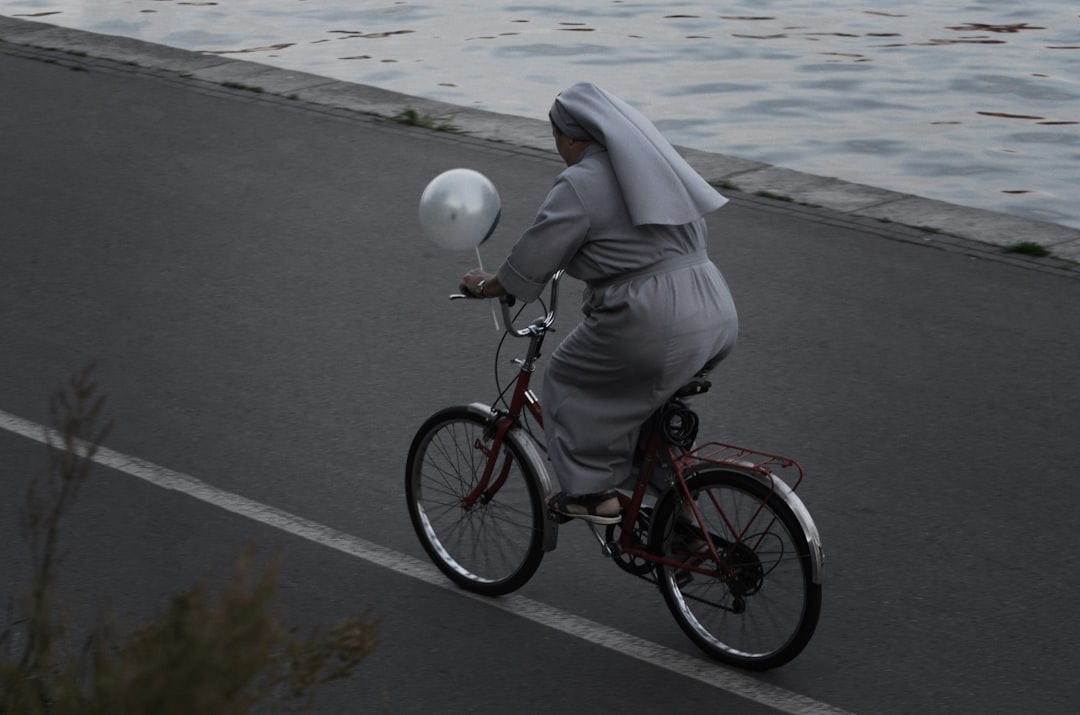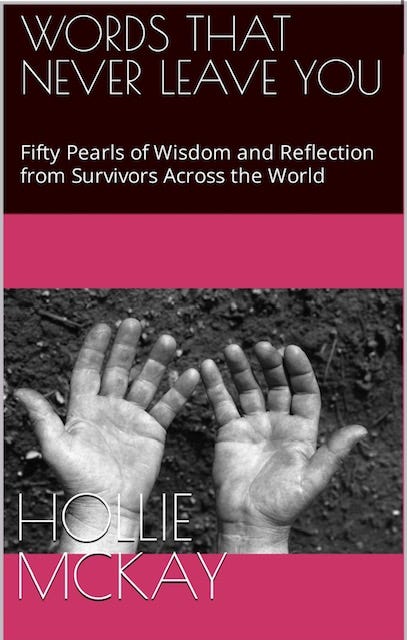It’s an image woven into America’s cultural fabric: Catholic nuns, heads bowed in deep devotion, reciting prayers and lighting candles.
But these days, the nuns’ time-honored pledges of service, chastity, poverty, and obedience seem far removed from the current orbit in which we live – igniting a vocal push to save nuns across the nation. For years, the number of women donning habits and dedicating their lives to the Lord has been declining, raising fears that the several hundred orders of nuns are not only endangered but teetering on the edge of extinction.
In 1965, there were 180,000 Catholic sisters in the United States. But according to the Center for Applied Research in the Apostolate, fewer than 42,000 nuns are now in the U.S. – a 76 percent drop. At this current rate, analysts anticipate that fewer than one thousand nuns will be left in the country by 2042.
“The issue of aging is a valid concern for our entire church, including our aging volunteers, employees and parishioners,” notes Sister Deborah Marie Borneman, director of mission integration at the National Religious Vocation Conference. “However, most newer members are not influenced by the age of their religious institutes.”

Borneman says newcomers today are inspired by the women who came before them, “attracted to their institutes by the example of their members, especially the joy, commitment, and zeal.
“In a world of broken commitments, our Catholic sisters and nuns who celebrate 50 to 60 years of vowed communal life witness to a lifetime of holiness through prayer and ministry.”
But Borneman emphasized that institutions must do more to promote the sisterhood, including support from pastors, deacons, youth ministers, etc., to encourage young women to consider a vocation built around a calling to religious life.
Of newcomers surveyed by the National Religious Vocation, 44 percent said they were encouraged to join by a friend, followed by priests at 41 percent, religious sisters or brothers at 40 percent, mothers at 31 percent, and fathers at 28 percent. Seventy percent of the women had earned a bachelor’s degree before entering religious life.
So, what can church leaders do now to secure the future of women in the sisterhood?
“First, talk about the validity of religious life as a Catholic sister and nun. There are so many misconceptions about who we are and myths about what we are called to be,” Borneman explains. “Church leaders need to help provide accurate information to confidently invite the next generation. Often, people have had little or no direct interaction with sisters/nuns, so misinformation is repeated, which is not helpful.”
She underscores that written and digital resources need to be amplified “to get into the hands, hearts, and minds of young adults.”
In recent years, the notion of the “millennial nun” has drawn attention on the internet, giving rise to anecdotes of young women shunning the complex web of present-day existence and living their days in service of God. Researchers, however, say that most are not opting for the secluded nun life but rather the visible sister role – utilizing the social media tools of Twitter, Facebook, Instagram and TikTok to illuminate their lifestyles to a much more removed generation.
Sometimes opting for the hashtag #medianuns, the new sisters let the world into their traditionally quiet lives.
A peek at Virginia-based @SrBethanyFSP showcases her work in the church, mixed with baking endeavors, cross-country jet-setting, tongue-in-cheek memes, throwbacks to childhood, and beachside chilling with her sisters.
@SrEmilyBeata of Virginia brings advertisements for “theology on tap” – complete with a glass of cold beer and the lure of “God is calling, what should I do?” as a means for interested persons to join the sisters at a speaking event.
And Sr. Benedicta, fsp @ForJoysSake of Boston, Mass., shares fun-filled YouTube videos on how to make a smoke bomb from Coca-Cola, mixed in with charity work, GIFs from “Friends,” and humorous plays on life without men.
There’s even a “dating” app for that. The National Religious Vocation Conference’s VocationMatch.com purports to “match” a candidate to their most suitable religious community following an interested individual’s online assessment.
Despite those efforts, drawing enough recruits remains an uphill battle.
“At least for the past four or five years, the number of women entering religious institutions has been relatively stable,” claims Father Thomas Gaunt, executive director of the Washington, D.C.-based Center for Applied Research in the Apostolate, “Around 200-plus women enter religious life each year in the USA.”
However, the number of those who take their vows is outpaced by those ending their service. The average age of a Catholic nun in the U.S. is nearly 80, and convents around the country are shuttering as the once strong cadre of women passes on. Gaunt points out that the aging population of nuns is also “creating serious issues in terms of how the institute will care for the aging members.”
More and more sisters, for example, have to move into assisted living centers and nursing homes, and convents struggle to absorb those costs. In May 2018, the Vatican issued guidelines that all contemplative communities, established ostensibly for continuous prayer, need at least seven members – a standard many can no longer meet, prompting some convents to close quietly.
Only about one percent of today’s nuns in the U.S. are below 40. Statistics from the National Religious Vocation Conference show that the average age of women entering religious service is 28. In 2015, 193 women joined, followed by 230 in 2016 and 243 in 2017. In 2018, the number dropped to 178. The average age at final vows is 38, remarkably higher than in the fifties and sixties when many young and devoted women entered the sisterhood right out of high school.
However, there are other barriers to entry, too. Some lament that the joining process is more arduous than before, involving more in-depth screening and psychological testing. Furthermore, religious officials ask that women complete college – and pay off student debt – before joining, meaning many more establish their lives, and thus, joining later in life becomes more difficult. Moreover, in decades past, women who longed to serve communities and a greater cause turned to the sisterhood to fulfill that desire. In contrast, today, there are far more opportunities for women to serve in greater capacities and various ways.
Catholic nuns and sisters have been a pivotal part of U.S. history since 1727, when 14 French Ursuline nuns opened the first academy in New Orleans, which remains open today. Throughout the Civil War, the sisters nursed the wounded on both sides of the bloodshed, making trips to Washington to lobby generals for more assistance.
The ranks of the sisterhood grew steadily over the years, peaking at roughly 180,000 in 1965. Twenty years later, the number of nuns had dropped to 155,000, statistics show. By 2014, there were just 50,000.
While sisters are colloquially referred to as nuns, there is a distinction with a difference. The church defines “nuns” as women who take solemn vows and are cloistered, residing and praying inside the monastery in a contemplative setting. “Sisters” are more focused on particular missions and visions and instead take simple vows in the “apostolic” life.
Catholicism has dwindled nationwide, partly due to continuing fallout from the church’s sexual abuse scandal and coverups. Pew Research studies suggest 13 percent of all U.S. adults consider themselves “former Catholics” – now identifying as either Protestants, non-religious or having converted to another faith. By contrast, only 2 percent of U.S. adults convert to Catholicism. Moreover, it is a challenge for the nuns of today to break through the stereotype of the sisterhood belonging to the relic of “yesteryear.”
And in 2014, Pew also concluded that “globally, the number of nuns is declining, but not nearly as fast as it is in the U.S.” Two years earlier, the Vatican pointed to the American sisters’ pivot toward more social justice-driven issues as out of line with the traditional tenants of Catholicism and highlighted that as a cause for dwindling numbers of recruits. In particular, critics blamed the Leadership Conference of Women Religious.
Founded in the 1950s, LCWR includes over 1,300 members of 302 religious congregations who are working with the Vatican to study trends within communities and stand in “solidarity with people who experience any form of violence or oppression.” The Vatican opened a formal inquiry, highlighting a prominent concern over the “prevalence of certain radical feminist themes incompatible with the Catholic faith.”
Nevertheless, with the advent of the seemingly more liberal Pope Francis in 2013, the controversial investigation – viewed by critics as an institutionalized attack on religious women who do critical work in communities – was shut down in 2015. Archbishop Gerhard Ludwig Müller, who initiated the investigation under Pope Benedict XVI, was axed from his role in the Congregation for the Doctrine of the Faith.
For those dedicated to the canons of tradition, the social justice model for the sisterhood is a turn-off. But on the flip side, millennials (those aged 25 to 40 today) are more likely to reject the constraint of rules and regulations necessary for a life of devotion. The Pew Research Center found that only one in four attend weekly religious services; half as many attended in the “Silent Generation” between 1928 and 1945.
However, in 2023, a loosened approach is primarily viewed as the best way to urge young women to join.
Experts say effectiveness requires a delicate balance of old and new.
“While we still profess vows of poverty, chastity, and obedience, live in community and minister wherever the need is greatest, one of the changes for Catholic sisters is the comprehension of a global sisterhood, the recognition that there exists a wide variety of charisms in religious life, that Catholic sisters are diverse in their ages, cultures, races, ethnicities, education, and ministries,” Borneman said. “We are more acutely aware of the suffering in our world; we advocate for systemic changes through our words and actions.”
Yet the mission of the sisterhood remains the same.
“Collectively, we are the voice of the Gospel for the most neglected, forgotten and marginalized,” she adds. “Our ministries have broadened beyond institutions to serving and living at the peripheries.”
PLEASE CONSIDER A PAID SUBSCRIPTION TO THIS SUBSTACK TO HELP KEEP INDEPENDENT, AGENDA-FREE WRITING AND JOURNALISM ALIVE. THANK YOU SO MUCH FOR YOUR SUPPORT.
For speaking queries please contact meta@metaspeakers.org
Follow me on Instagram and Twitter for more updates
HOLLIE’S BOOKS (please leave a review)
** Short read of meaningful lessons gleaned from the ordinary forced to become extraordinary
Order your copy of “Afghanistan: The End of the US Footprint and the Rise of the Taliban Rule” due out this fall.
For those interested in learning more about the aftermath of war, please pick up a copy of my book “Only Cry for the Living: Memos from Inside the ISIS Battlefield.”
If you want to support small businesses:






I read the article and understand why so many of these orders of nuns are dying out. In the wake of Vatican II many nuns morphed into basically social workers and they weren't attracting new vocations. You don't need to become a nun to be a social worker. I wish I could send you pictures and stories of young women who have joined new orders which are more contemplative. Orders like the Nashville Dominicans (actually they're over 100 years old), the Dominicans of Mary, Mother of the Eucharist or the Franciscan Sisters of Life are bursting at the seams. There is hope for the future with them.